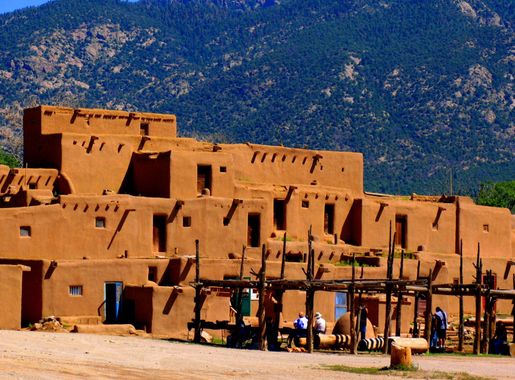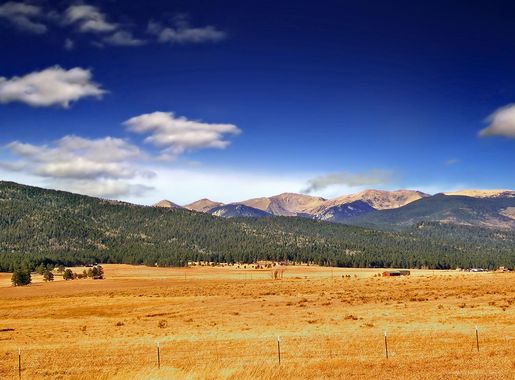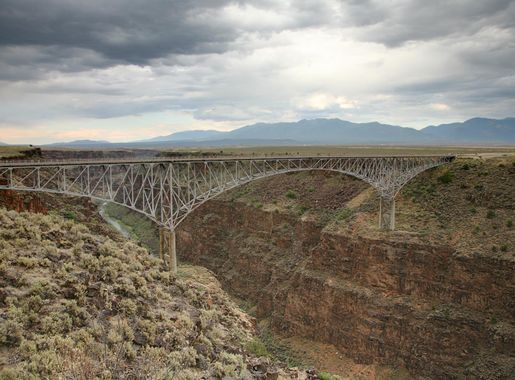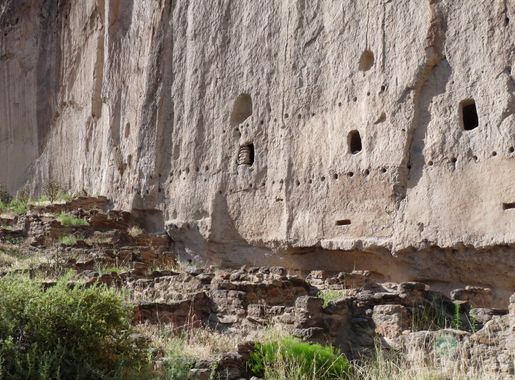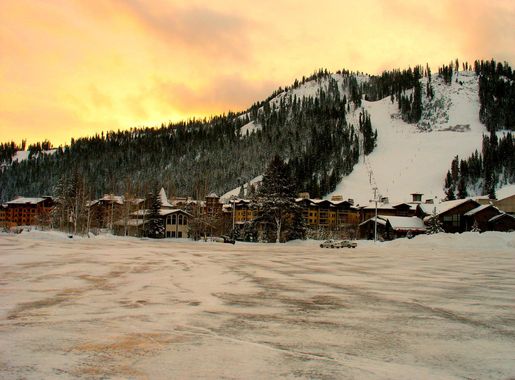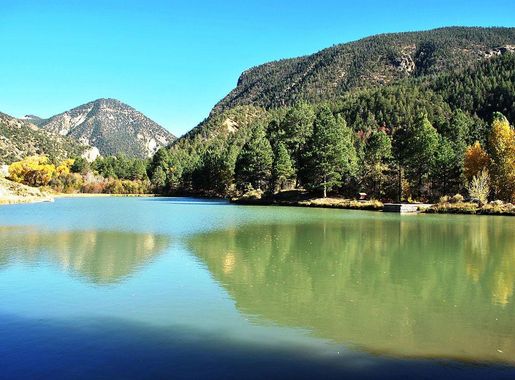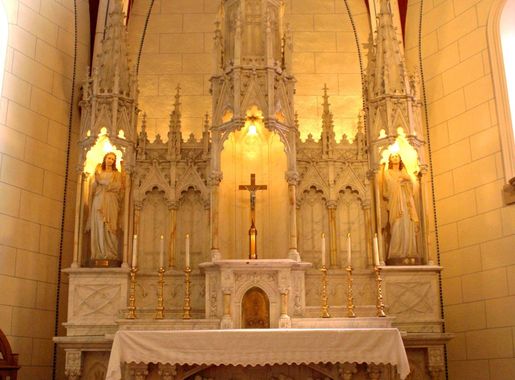
The Enchanting Sangre de Cristo Mountains
Discover the majestic Sangre de Cristo Mountains in New Mexico, a perfect blend of outdoor adventures, rich cultural heritage, and serene natural beauty.
Nestled in the heart of New Mexico, the Sangre de Cristo Mountains beckon with their majestic beauty and rich cultural heritage. Known for their striking landscapes, these mountains offer a serene escape into nature, away from the hustle and bustle of everyday life. The vibrant hues of the sunrise and sunset casting a red glow over the peaks give the range its poetic name, which translates to 'Blood of Christ.' The Sangre de Cristo Mountains are a haven for outdoor enthusiasts. Whether you are an avid hiker, a passionate skier, or someone who simply enjoys a leisurely stroll through nature, there is something here for everyone. The area boasts a variety of trails that cater to all levels of fitness and experience. In winter, the mountains transform into a winter wonderland, attracting skiers and snowboarders to its powdery slopes. Beyond outdoor adventures, the Sangre de Cristo Mountains are steeped in history and culture. The region is home to ancient Puebloan ruins, historic Spanish missions, and charming mountain towns like Taos. Visitors can immerse themselves in the local culture by exploring these sites, attending traditional events, or shopping for unique arts and crafts created by local artisans. For those seeking tranquility, the Sangre de Cristo Mountains offer plenty of peaceful retreats. The crisp mountain air, the sound of rustling leaves, and the sight of star-filled skies at night create a perfect setting for relaxation and reflection. Whether you are here for adventure or serenity, the Sangre de Cristo Mountains promise an unforgettable experience.
Local tips in Sangre de Cristo Mountains
- Pack layers of clothing. The weather can change quickly in the mountains.
- Visit Taos Pueblo for a glimpse into the local Native American culture.
- Check trail conditions before hiking, especially in the winter.
- Plan your visit during the autumn for breathtaking fall foliage.
- Stay hydrated and bring plenty of water, especially during summer hikes.
The Enchanting Sangre de Cristo Mountains
Nestled in the heart of New Mexico, the Sangre de Cristo Mountains beckon with their majestic beauty and rich cultural heritage. Known for their striking landscapes, these mountains offer a serene escape into nature, away from the hustle and bustle of everyday life. The vibrant hues of the sunrise and sunset casting a red glow over the peaks give the range its poetic name, which translates to 'Blood of Christ.' The Sangre de Cristo Mountains are a haven for outdoor enthusiasts. Whether you are an avid hiker, a passionate skier, or someone who simply enjoys a leisurely stroll through nature, there is something here for everyone. The area boasts a variety of trails that cater to all levels of fitness and experience. In winter, the mountains transform into a winter wonderland, attracting skiers and snowboarders to its powdery slopes. Beyond outdoor adventures, the Sangre de Cristo Mountains are steeped in history and culture. The region is home to ancient Puebloan ruins, historic Spanish missions, and charming mountain towns like Taos. Visitors can immerse themselves in the local culture by exploring these sites, attending traditional events, or shopping for unique arts and crafts created by local artisans. For those seeking tranquility, the Sangre de Cristo Mountains offer plenty of peaceful retreats. The crisp mountain air, the sound of rustling leaves, and the sight of star-filled skies at night create a perfect setting for relaxation and reflection. Whether you are here for adventure or serenity, the Sangre de Cristo Mountains promise an unforgettable experience.
When is the best time to go to Sangre de Cristo Mountains?
Iconic landmarks you can’t miss
White Sands National Park
Experience the surreal beauty of White Sands National Park, where vast white dunes meet stunning desert skies, perfect for adventure and tranquility.
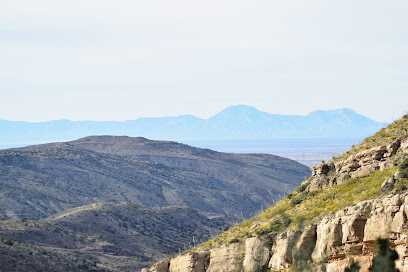
Carlsbad Caverns National Park
Discover the breathtaking beauty of Carlsbad Caverns National Park, a UNESCO World Heritage site featuring stunning caves and diverse ecosystems.
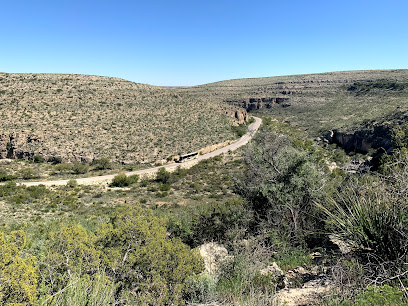
Santa Fe Plaza
Discover the vibrant cultural heart of Santa Fe at Santa Fe Plaza, a historic landmark teeming with art, history, and local charm.
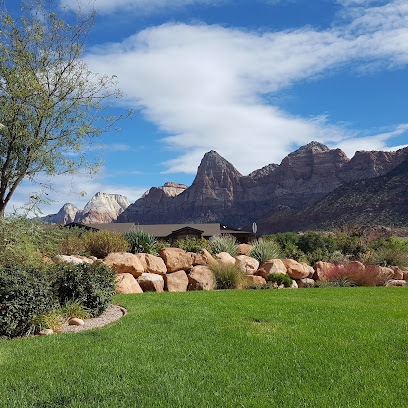
Petroglyph National Monument
Explore the rich cultural history and stunning landscapes of Petroglyph National Monument, home to thousands of ancient rock carvings in Albuquerque, New Mexico.
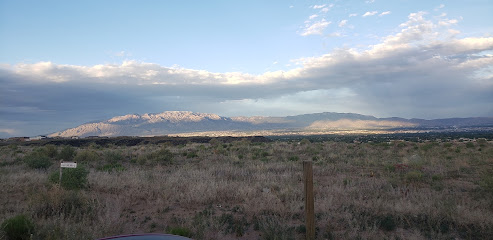
McGinn's PistachioLand Home of the World's Largest Pistachio
Explore McGinn's PistachioLand in Alamogordo, NM - home of the world's largest pistachio and a delightful world of flavors and fun.
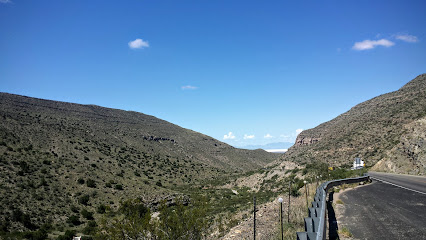
Bandelier National Monument
Experience the rich history and stunning landscapes of Bandelier National Monument, where ancient cliff dwellings meet diverse hiking trails in New Mexico.
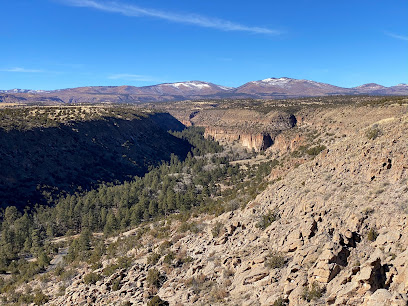
Río Grande del Norte National Monument
Explore the stunning landscapes and rich cultural heritage of Río Grande del Norte National Monument in New Mexico, perfect for outdoor adventures and tranquility.

Gila Cliff Dwellings National Monument
Explore Gila Cliff Dwellings National Monument: Ancient cliff dwellings, stunning trails, and rich cultural history await in New Mexico.
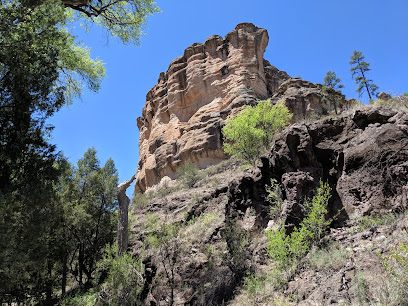
Cimarron Canyon State Park
Explore the stunning landscapes and outdoor adventures at Cimarron Canyon State Park, a true New Mexico treasure for nature lovers.
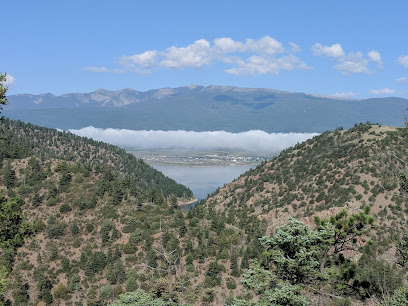
Sky City Cultural Center & Haak'u Museum
Explore the Sky City Cultural Center & Haak'u Museum, a cultural gem in Acoma Pueblo showcasing rich Native American heritage and artistic excellence.
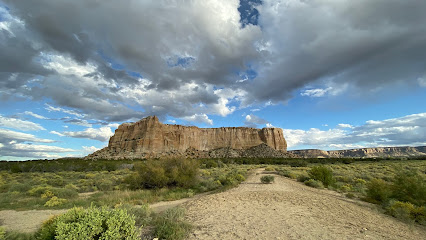
White Rock Overlook
Discover the breathtaking beauty of White Rock Overlook in New Mexico, a scenic spot perfect for nature lovers and photographers alike.

Lincoln Historic Site
Explore the Wild West history at Lincoln Historic Site, where outlaws, legends, and true tales of the Old West come to life.
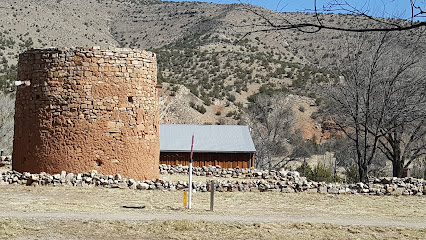
Sugarite Canyon State Park
Experience the breathtaking landscapes and outdoor adventures at Sugarite Canyon State Park, a perfect getaway for nature lovers in New Mexico.
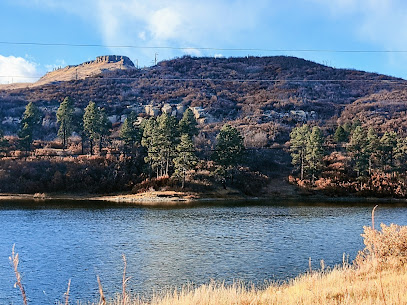
Jemez Historic Site
Uncover the ancient stories and vibrant culture of the Jemez people at the historic ruins and stunning landscapes of Jemez Historic Site.
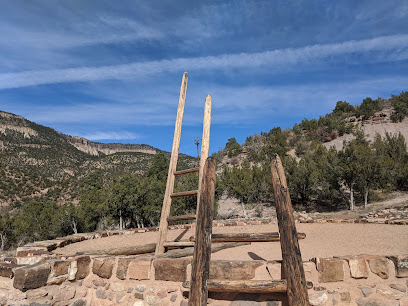
Puye Cliff Dwellings
Uncover the ancient history and stunning landscapes at Puye Cliff Dwellings, a cultural and hiking gem in New Mexico.
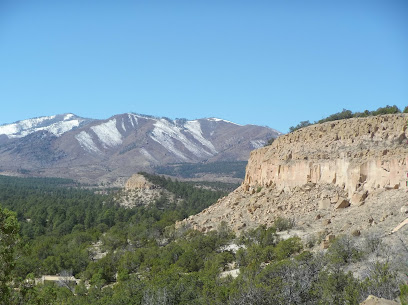
Unmissable attractions to see
Billy The Kid Scenic Byway Visitor Center
Discover the legendary tales of Billy the Kid and stunning landscapes at the Billy The Kid Scenic Byway Visitor Center in New Mexico.
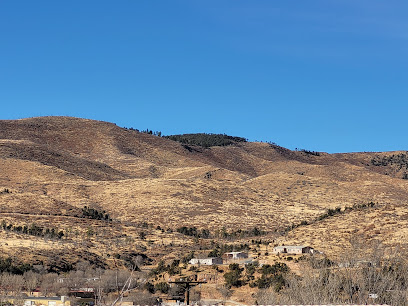
Black Rock Hot Springs
Discover the healing waters of Black Rock Hot Springs, a serene escape in New Mexico's stunning wilderness, perfect for rejuvenation and relaxation.
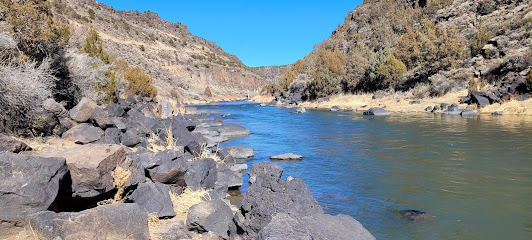
Sangre de Cristo Wilderness
Explore the breathtaking Sangre de Cristo Wilderness in Colorado, a paradise for outdoor enthusiasts with stunning views and abundant wildlife.
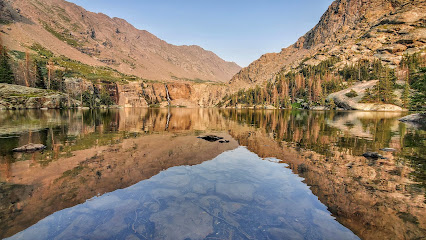
Sangre de Cristo Center
Discover the Sangre de Cristo Center in Santa Fe, a tranquil spiritual retreat blending stunning architecture with the serene beauty of New Mexico's landscape.

Headwaters of the Pecos River
Explore the breathtaking scenery, abundant wildlife, and serene atmosphere at the Headwaters of the Pecos River in New Mexico.

Essential places to dine
Michael's Kitchen Restaurant & Bakery
Experience authentic Southwestern flavors at Michael's Kitchen Restaurant & Bakery in Taos - a culinary gem celebrating local cuisine.
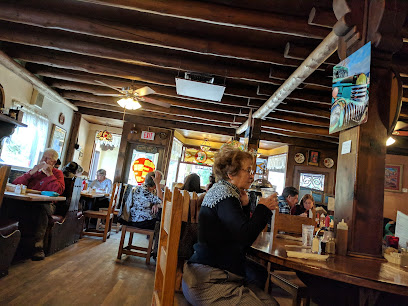
Antonio's The Taste of Mexico
Discover authentic Mexican cuisine at Antonio's The Taste of Mexico in Taos - where every dish tells a flavorful story.

The Gorge Bar and Grill
Experience delectable American cuisine infused with local flavors at The Gorge Bar and Grill in scenic Taos, NM.
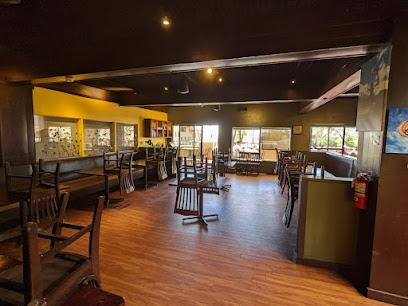
Farmhouse Cafe and Bakery
Discover the heart of Taos at Farmhouse Cafe and Bakery – where homemade delights meet local flavors in a cozy setting.

Zebs Restaurant & Bar
Discover American comfort food at Zebs Restaurant & Bar in Angel Fire - burgers, barbecue & seafood await you amidst stunning mountain views.
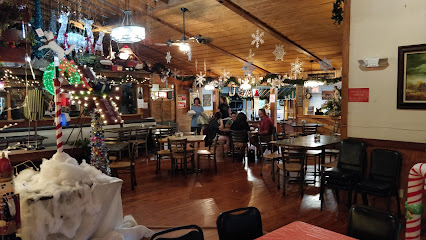
Gutiz
Experience the eclectic flavors of Taos at Gutiz - where breakfast delights meet international tapas and exquisite chocolates.
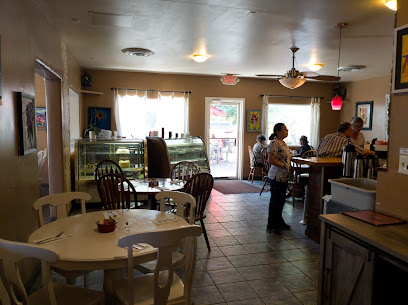
Dog Bar & Grill
Discover the flavors of Colorado at Dog Bar & Grill in La Veta – where great food meets fun times!
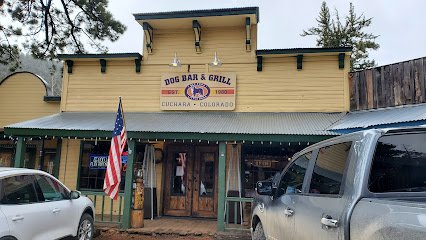
Lambert's of Taos
Experience the flavors of New Mexico at Lambert's of Taos – where culinary art meets local tradition.
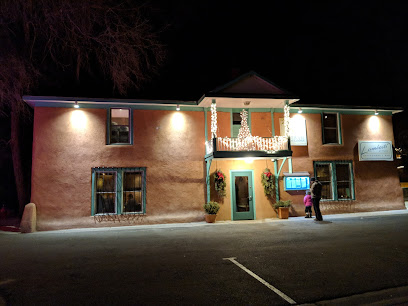
Casa Lemus Inn and Restaurant
Discover comfort and authentic New Mexican cuisine at Casa Lemus Inn and Restaurant in Raton - your perfect getaway.

Shotgun Willie's
Discover authentic New Mexican cuisine at Shotgun Willie's in Red River – where flavor meets tradition in a cozy setting.
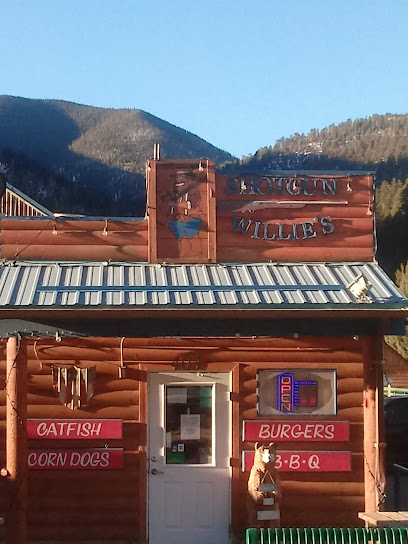
The Love Apple
Experience authentic Southwestern American cuisine at The Love Apple in Taos—where organic ingredients meet culinary artistry.
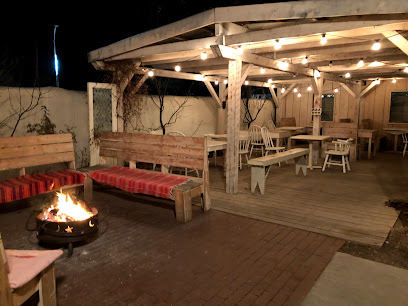
Ranchos Plaza Grill
Experience authentic Mexican cuisine at Ranchos Plaza Grill in Ranchos De Taos – where every meal tells a flavorful story.
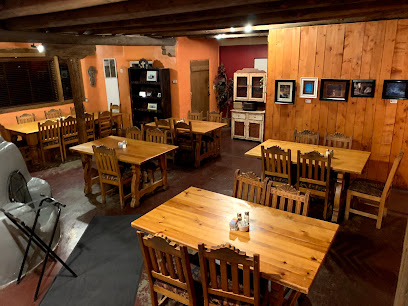
Sundance Mexican Restaurant
Discover vibrant flavors at Sundance Mexican Restaurant in Red River - where authentic Mexican cuisine meets warm hospitality.
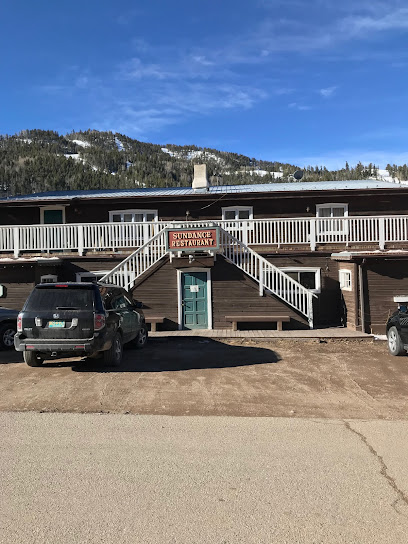
The Bavarian Restaurant
Experience authentic Bavarian flavors amidst stunning mountain views at The Bavarian Restaurant in Taos Ski Valley.
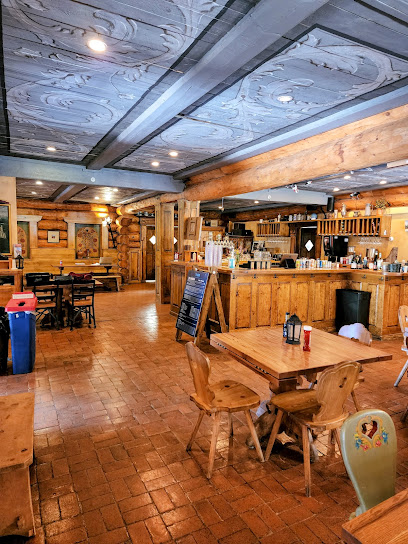
Enchanted Circle Brewing Company
Experience local craft beers and delicious cuisine at Enchanted Circle Brewing Company in Angel Fire, New Mexico - A must-visit brewpub!

Markets, malls and hidden boutiques
The Breaking Bad Store ABQ
Explore The Breaking Bad Store ABQ, a unique gift shop and museum celebrating the iconic TV series in Albuquerque's vibrant West Old Town.

TeePee Curios
Explore TeePee Curios, a treasure trove of unique gifts and local art along historic Route 66 in Tucumcari, New Mexico.
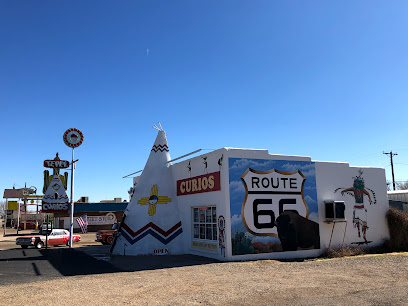
Taos Canyon Cannabis
Explore the best of Taos's cannabis culture at Taos Canyon Cannabis, where quality products meet expert guidance in a welcoming setting.
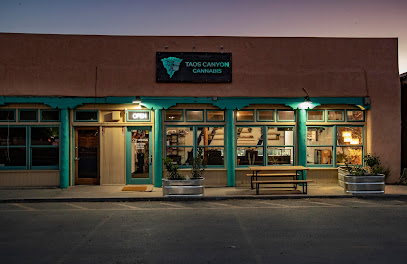
Double Take
Discover unique antiques and clothing at Double Take, the ultimate consignment shop in Santa Fe, NM, where every item tells a story.
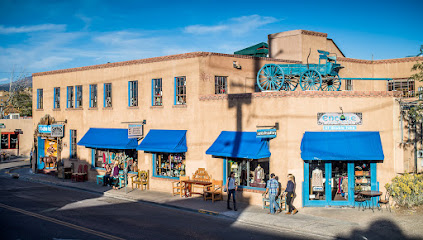
Billy the Kid Gift Shop
Explore the Billy the Kid Gift Shop in Mesilla, NM, for unique souvenirs, Native American goods, and a taste of Wild West history.
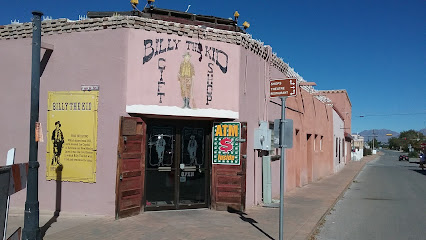
Casa Grande Trading Post
Discover the charm of Casa Grande Trading Post, a unique gift shop and museum in Los Cerrillos, New Mexico, offering local crafts and geological wonders.
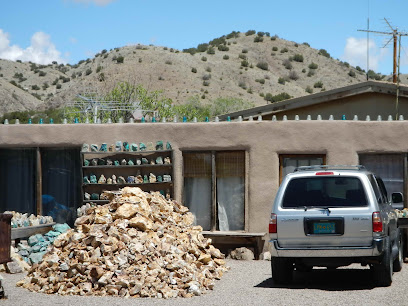
The Candy Crate and Candy Mountain Fudge
Discover a world of sweet delights at The Candy Crate and Candy Mountain Fudge, your go-to candy store in Red River, NM.
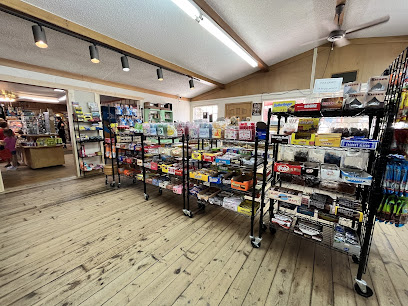
Overland Sheepskin Co.
Discover exquisite leather goods and home essentials at Overland Sheepskin Co. in Taos, New Mexico, where quality meets Southwestern charm.
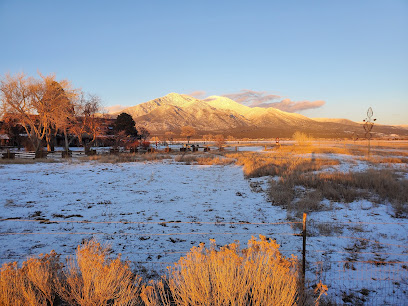
Camino Real Imports & Gift Shop
Explore the vibrant culture of New Mexico at Camino Real Imports & Gift Shop, your destination for unique, handcrafted souvenirs.

RED RIVER TRADING COMPANY
Explore Red River Trading Company for unique, handcrafted gifts and souvenirs that celebrate the spirit of New Mexico.
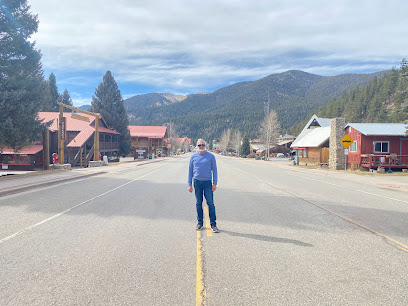
Sweet Shirt Co.
Explore Sweet Shirt Co. in Angel Fire, NM for unique, locally crafted souvenirs that celebrate the beauty of the region.
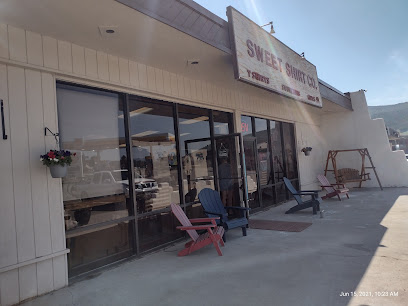
Taos Rockers
Explore the enchanting world of gemstones and minerals at Taos Rockers, a gem shop in the heart of Taos, New Mexico.
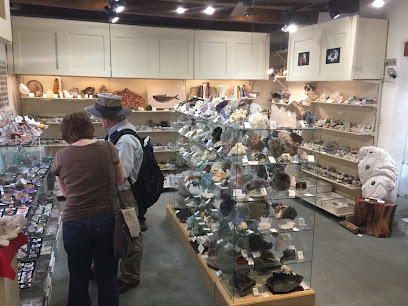
Colfax Cannabis Company
Explore the vibrant cannabis culture at Colfax Cannabis Company in Raton, New Mexico, where quality meets community engagement.
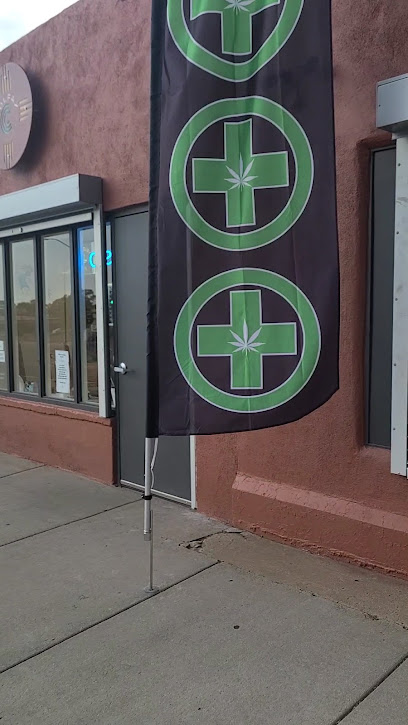
Made In New Mexico
Explore the heart of New Mexico's artistry at Made In New Mexico – your destination for unique, handmade treasures.
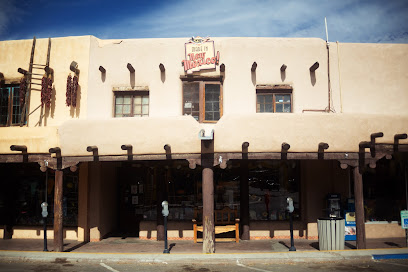
Metamorphic Second Hand
Explore Metamorphic Second Hand in Taos, NM: A treasure trove of vintage finds and sustainable shopping.
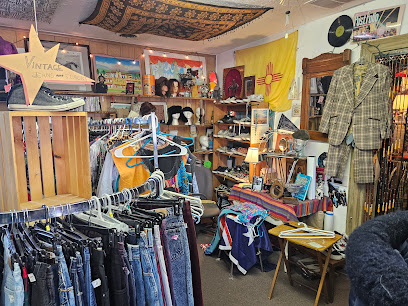
Essential bars & hidden hideouts
Zebs Restaurant & Bar
Experience a blend of American flavors and a lively bar scene at Zebs Restaurant & Bar in Angel Fire, NM.
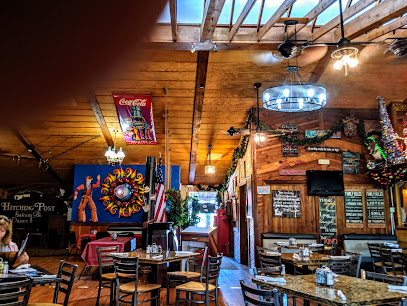
Enchanted Circle Brewing Company
Experience a unique blend of craft beers and local cuisine at Enchanted Circle Brewing Company in Angel Fire, NM.
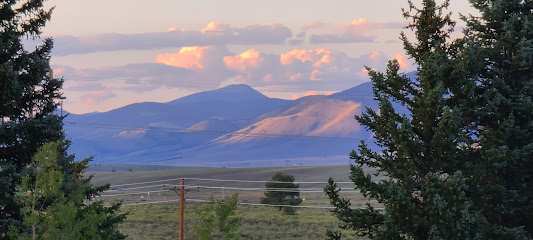
Chili Line Depot
Discover the flavors of New Mexico at Chili Line Depot, a restaurant and bed & breakfast offering an unforgettable culinary experience.
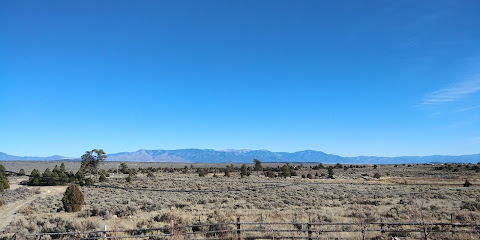
Bull O' the Woods Saloon
Discover local brews and a lively atmosphere at Bull O' the Woods Saloon in Red River, NM, where every visit is a celebration of community and culture.
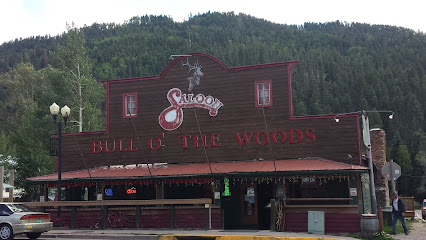
Secreto Lounge
Experience the vibrant ambiance and exquisite cocktails at Secreto Lounge, Santa Fe's premier bar for a sophisticated night out.
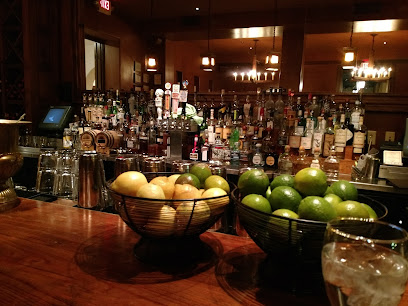
Gate City Craft Bar
Discover the spirited ambiance of Gate City Craft Bar in Raton, NM, where craft brews meet delicious cuisine and live entertainment awaits.
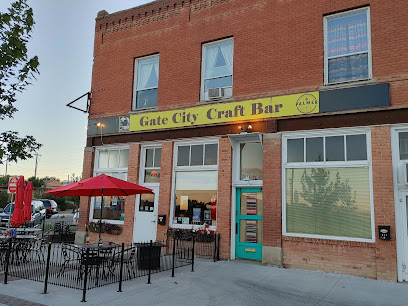
Motherlode Saloon
Discover the lively atmosphere and delicious drinks at Motherlode Saloon, a Red River gem that offers a perfect retreat for adults in the New Mexico mountains.
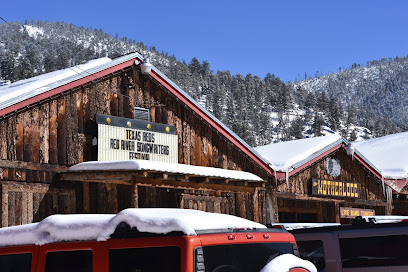
Anaconda Bar
Experience the vibrant nightlife of Taos at Anaconda Bar, where craft drinks and local charm meet in a cozy setting!
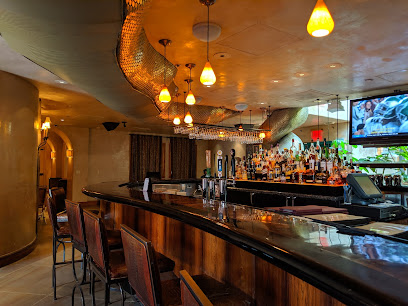
Legends Grill
Experience the best of grilled delights at Legends Grill in Angel Fire, where flavor meets mountain charm for an unforgettable dining experience.
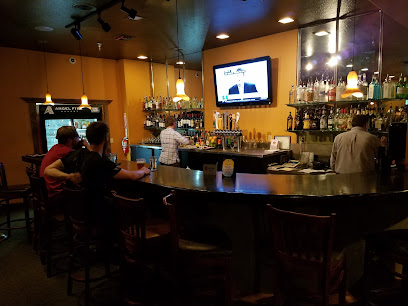
Local Phrases about Sangre de Cristo Mountains
-
- HelloHola
[oh-lah] - GoodbyeAdios
[ah-dee-ohs] - YesSí
[see] - NoNo
[noh] - Please/You're welcomePor favor
[por fah-vor] - Thank youGracias
[gra-see-ahs] - Excuse me/SorryDisculpe
[dee-skool-pay] - How are you?¿Cómo estás?
[koh-moh ehs-tahs] - Fine. And you?Bien. ¿Y tú?
[bee-ehn. ee too] - Do you speak English?¿Hablas inglés?
[ah-blahs een-glays] - I don't understandNo entiendo
[noh ehn-tee-ehn-doh]
- HelloHola
-
- I'd like to see the menu, pleaseMe gustaría ver el menú, por favor
[meh goo-stah-ree-ah behr ehl meh-noo, por fah-vor] - I don't eat meatNo como carne
[noh koh-moh kahr-neh] - Cheers!¡Salud!
[sah-lood] - I would like to pay, pleaseMe gustaría pagar, por favor
[meh goo-stah-ree-ah pah-gahr, por fah-vor]
- I'd like to see the menu, pleaseMe gustaría ver el menú, por favor
-
- Help!¡Ayuda!
[ah-yoo-dah] - Go away!¡Vete!
[veh-teh] - Call the Police!Llama a la policía
[yah-mah ah lah poh-lee-see-ah] - Call a doctor!Llama a un médico
[yah-mah ah oon meh-dee-koh] - I'm lostEstoy perdido
[ehs-toy pehr-dee-doh] - I'm illEstoy enfermo
[ehs-toy ehn-fehr-moh]
- Help!¡Ayuda!
-
- I'd like to buy...Quisiera comprar...
[kee-see-eh-rah kohm-prahr] - I'm just lookingSólo estoy mirando
[soh-loh ehs-toy mee-rahn-doh] - How much is it?¿Cuánto cuesta?
[kwan-toh kwehs-tah] - That's too expensiveEso es demasiado caro
[eh-soh ehs deh-mah-see-ah-doh kah-roh] - Can you lower the price?¿Puede bajar el precio?
[pweh-deh bah-hahr ehl pree-see-oh]
- I'd like to buy...Quisiera comprar...
-
- What time is it?¿Qué hora es?
[keh oh-rah ehs] - It's one o'clockEs la una
[ehs lah oo-nah] - Half past (10)Media (10)
[meh-dee-ah (deh-eez)] - MorningMañana
[mah-nyah-nah] - AfternoonTarde
[tahr-deh] - EveningNoche
[noh-cheh] - YesterdayAyer
[ah-yehr] - TodayHoy
[oy] - TomorrowMañana
[mah-nyah-nah] - 1Uno
[oo-noh] - 2Dos
[dohs] - 3Tres
[trehs] - 4Cuatro
[kwah-troh] - 5Cinco
[seen-koh] - 6Seis
[says] - 7Siete
[see-eh-teh] - 8Ocho
[oh-choh] - 9Nueve
[nweh-veh] - 10Diez
[dyehs]
- What time is it?¿Qué hora es?
-
- Where's a/the...?¿Dónde está...?
[dohn-deh ehs-tah] - What's the address?¿Cuál es la dirección?
[kwahl ehs lah dee-rehk-see-on] - Can you show me (on the map)?¿Puedes enseñarme (en el mapa)?
[pweh-dehs ehn-seh-nyahr-meh (ehn ehl mah-pah)] - When's the next (bus)?¿Cuándo es el próximo (autobús)?
[kwan-doh ehs ehl prohk-see-moh (ow-toh-boos)] - A ticket (to ....)Un boleto (a ...)
[oon boh-leh-toh (ah)]
- Where's a/the...?¿Dónde está...?
History of Sangre de Cristo Mountains
-
Long before European settlers arrived, the Sangre de Cristo Mountains were home to several Native American tribes, including the Pueblo, Apache, and Ute peoples. These tribes had complex societies with rich traditions and a deep spiritual connection to the land. The mountains provided resources such as water, game, and plants, which were essential for their survival. Archaeological sites in the region reveal petroglyphs, pottery, and other artifacts that offer insights into their way of life.
-
In the late 16th century, Spanish explorers led by Juan de Oñate ventured into the Sangre de Cristo Mountains. They named the range 'Sangre de Cristo,' meaning 'Blood of Christ,' inspired by the deep red hues of the mountains at sunrise and sunset. The Spanish established missions and settlements in the area, introducing Christianity and new agricultural practices. Conflicts with indigenous tribes were common as the Spanish sought to expand their territory.
-
Following Mexico's independence from Spain in 1821, the Sangre de Cristo Mountains became part of the Mexican territory. During this period, the Mexican government issued large land grants to encourage settlement and development. One of the most significant grants was the Sangre de Cristo Land Grant, which encompassed vast areas of the mountains. These grants laid the foundation for many of the ranches and communities that exist today.
-
The 19th century saw increased American interest in the Sangre de Cristo Mountains, particularly with the establishment of the Santa Fe Trail in 1821. This major trade route connected Missouri to Santa Fe, passing through the mountains and bringing an influx of traders, settlers, and military personnel. The Treaty of Guadalupe Hidalgo in 1848, which ended the Mexican-American War, resulted in the region becoming part of the United States. American settlers continued to move into the area, leading to further development and conflict with the native populations.
-
In 1847, the Taos Revolt took place, a significant event in the history of the Sangre de Cristo Mountains. Mexican and Puebloan insurgents, unhappy with American rule, launched an uprising in Taos. They killed Governor Charles Bent and attacked American settlers and officials. The revolt was swiftly quelled by the U.S. Army, but it highlighted the tensions and resistance faced by American authorities in the newly acquired territories.
-
The late 19th century brought a mining boom to the Sangre de Cristo Mountains. Prospectors discovered rich deposits of gold, silver, and other minerals, leading to the establishment of mining towns such as Elizabethtown and Red River. These towns attracted a diverse population of miners, entrepreneurs, and laborers. While many of these boomtowns eventually declined, they left a lasting impact on the region's economy and cultural landscape.
-
In the early 20th century, conservation efforts led to the establishment of national forests in the Sangre de Cristo Mountains. The Carson National Forest and the Santa Fe National Forest were created to protect the natural resources and beauty of the region. These forests offer recreational opportunities such as hiking, camping, and fishing, and play a crucial role in preserving the ecological health of the mountains.
-
During World War II, the Sangre de Cristo Mountains gained strategic importance with the establishment of the Los Alamos National Laboratory. As part of the Manhattan Project, scientists and engineers worked in secrecy to develop the atomic bomb. The laboratory's location in the mountains provided both security and isolation. The legacy of this period is still evident today, with Los Alamos continuing to be a center for scientific research and innovation.
-
Today, the Sangre de Cristo Mountains are a vibrant cultural hub. The region is home to artists, musicians, and writers who are inspired by its stunning landscapes and rich history. Traditional Native American ceremonies, Spanish fiestas, and contemporary cultural events celebrate the diverse heritage of the area. The mountains continue to attract visitors from around the world, drawn by their natural beauty and historical significance.
Sangre de Cristo Mountains Essentials
-
The Sangre de Cristo Mountains are located in northern New Mexico, easily accessible from several major cities. The closest major airport is Santa Fe Regional Airport (SAF), approximately 50 miles from the mountain range. Albuquerque International Sunport (ABQ) is another option, located about 100 miles away. From either airport, you can rent a car, take a shuttle service, or use rideshare options to reach the mountains. For those coming by car, the mountains are accessible via Interstate 25 and US Route 64, offering scenic drives through northern New Mexico.
-
Once you arrive in the area, having a rental car is highly recommended for exploring the Sangre de Cristo Mountains due to the region's vastness and limited public transportation options. Local taxis and rideshare services are available in nearby towns like Taos and Santa Fe but may not reach more remote areas. In the winter months, ensure your vehicle is equipped for snowy and icy conditions. For those looking to explore the backcountry, several outfitters offer guided tours, horseback riding, and mountain biking options.
-
The official currency is the US Dollar (USD). Credit and debit cards are widely accepted in most establishments, including hotels, restaurants, and shops. However, it is advisable to carry some cash, particularly when venturing into smaller towns or remote areas where card payment might not be available. ATMs can be found in larger towns like Taos and Santa Fe, but it’s wise to withdraw sufficient cash before heading into the mountains.
-
The Sangre de Cristo Mountains are generally safe for tourists, but standard travel precautions should be followed. Be aware of wildlife, especially when hiking, and always stick to marked trails. Some areas can become isolated, so it's wise to travel with a companion. While crime rates are low, it’s recommended to avoid leaving valuables in your car and to be cautious after dark in less populated areas. Always keep an eye on weather conditions, as they can change rapidly in the mountains.
-
In case of emergency, dial 911 for immediate assistance. Be aware that cell phone coverage can be spotty in remote areas of the mountains. It is advisable to carry a map, compass, and possibly a satellite phone for backcountry excursions. Local hospitals and medical facilities are available in nearby towns like Taos and Santa Fe. Always inform someone of your plans before heading out on a hike or other remote activities. Travel insurance that covers medical emergencies and evacuation is recommended.
-
Fashion: Do wear layers and weather-appropriate clothing, including sturdy hiking boots. Avoid wearing flip-flops or open-toed shoes on trails. Religion: Do respect sacred sites and local customs, especially when visiting indigenous lands. Public Transport: Do plan ahead as public transport is limited. Renting a car is often the best option. Greetings: Do greet locals with a friendly 'hello' or 'good morning.' Eating & Drinking: Do try local cuisine and be respectful of Native American food practices. Don’t litter or leave food scraps behind, as they can attract wildlife.
-
To experience the Sangre de Cristo Mountains like a local, visit the farmers' markets in Taos or Santa Fe for fresh produce and artisanal goods. Attend local festivals and events, such as the Taos Pueblo Pow Wow or Santa Fe Indian Market, to immerse yourself in the region’s rich cultural heritage. For a unique experience, consider a guided tour to learn about the area's history, geology, and local flora and fauna. Don't miss out on the opportunity to stargaze; the clear mountain skies offer some of the best views of the night sky.
Trending Landmarks in Sangre de Cristo Mountains
-
White Sands National Park
-
Carlsbad Caverns National Park
-
Santa Fe Plaza
-
Petroglyph National Monument
-
McGinn's PistachioLand Home of the World's Largest Pistachio
-
Bandelier National Monument
-
Río Grande del Norte National Monument
-
Gila Cliff Dwellings National Monument
-
Cimarron Canyon State Park
-
Sky City Cultural Center & Haak'u Museum
-
White Rock Overlook
-
Lincoln Historic Site
-
Sugarite Canyon State Park
-
Jemez Historic Site
-
Puye Cliff Dwellings
Nearby Cities to Sangre de Cristo Mountains
-
Things To Do in Trinidad
-
Things To Do in Taos
-
Things To Do in Pueblo
-
Things To Do in Canon City
-
Things To Do in Pagosa Springs
-
Things To Do in Los Alamos
-
Things To Do in Las Vegas
-
Things To Do in Santa Fe
-
Things To Do in Sante Fe
-
Things To Do in Salida
-
Things To Do in La Junta
-
Things To Do in Colorado Springs
-
Things To Do in Gunnison
-
Things To Do in Monument
-
Things To Do in Bernalillo

